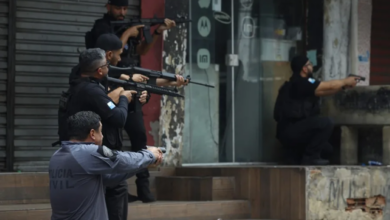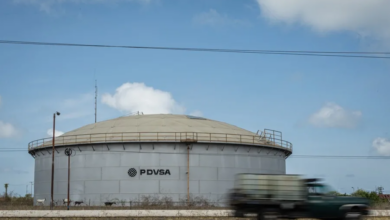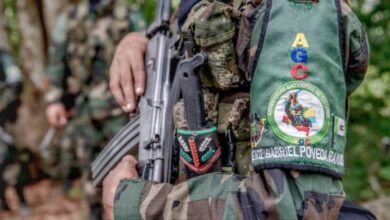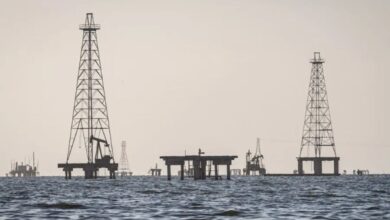Venezuela’s War Games and U.S. Patrols Turn the Caribbean Into a Powder Keg
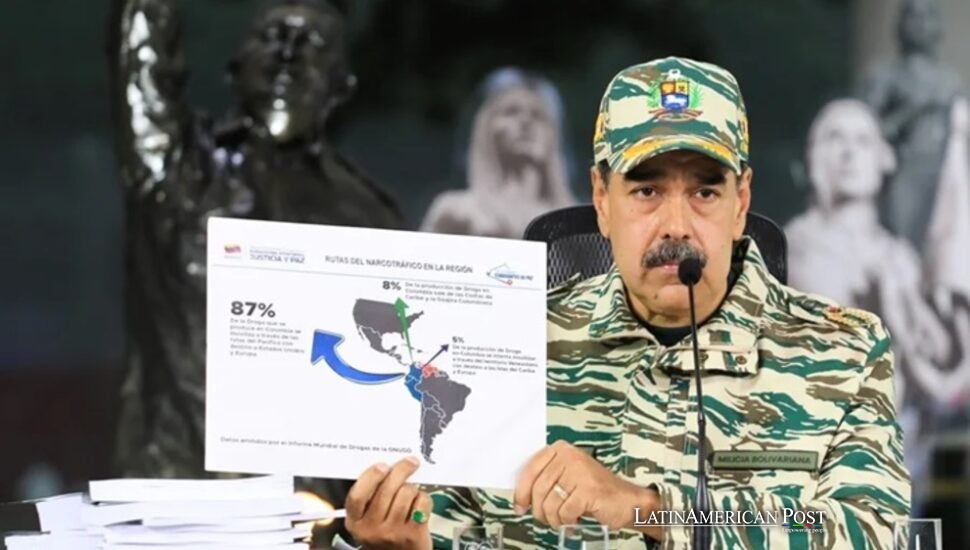
With Venezuela staging countrywide maneuvers and the U.S. massing warships and F-35s in nearby waters, drills and disputed strikes are hardening into routine. Each exercise narrows the margin for error in a sea where one misread could spark conflict.
A Countrywide Drill That Blurs Rehearsal and Readiness
On a hillside overlooking Caracas, militia volunteers huddled around radios as Venezuela activated Plan Independencia 200. The government declared 284 “defensive fronts” along coasts, borders, and highland passes. Soldiers trained alongside civilians in what officials call an “integral defense of the nation.”
The spectacle was sweeping. Commanders reported from beaches, river estuaries, and Andean ridgelines. Civilian militias organized logistics, food reserves, and neighborhood communications. The choreography fused military formations with local networks, offering a message of deterrence: sovereignty would be defended everywhere, by everyone.
This doctrine of “everywhere defense” has been refined over the past decade. It disperses responsibility across fishing towns watching maritime approaches, border villages drilled to spot smugglers, and urban collectives tied into alert systems. The idea is to complicate any external pressure campaign. The risk is that it militarizes daily life, turning neighborhoods into forward posts and giving militias a larger role in policing local order.
The Caribbean Chessboard Tightens
Just offshore, the United States answered with its own theater of power. Warships bristling with missiles, a nuclear submarine, and a wing of F-35 fighter jets were deployed to Puerto Rico under the banner of a counter-narcotics mission. To Washington, this is enforcement. To Caracas, it looks like encirclement.
Then came the explosion at sea. On September 2, the U.S. released video of a strike destroying a small vessel in international waters. Officials said those aboard belonged to a designated terrorist group tied to drug trafficking. Venezuela countered that the dead were civilians. With no names released, no contraband displayed, and lethal force the only outcome, the incident became a diplomatic accelerant.
Caracas cast the strike as a pretext for intervention and resource looting. Washington called it a lawful interdiction. The reality is that every patrol, radar contact, or sudden maneuver now carries the weight of suspicion. In a theater crowded with frigates, fighters, and speedboats, routine encounters begin to resemble preludes. The Caribbean’s postcard waters are becoming a risk surface.
From Language to Launch Codes
Words now travel with the force of weapons. Venezuelan leaders warn of “revolutionary war” if sovereignty is violated, citing historical examples of smaller nations outlasting larger militaries. They frame it as love of independence rather than hunger for conflict. Still, the escalation ladder is clear: peaceful resistance, then armed dispersal, then asymmetric tactics meant to bog down an aggressor.
U.S. officials, for their part, stress collective defense and the fight against transnational crime. Yet designating groups as “terrorist” expands the legal aperture for lethal action. Calling a foreign strike “assassination” slams shut channels for de-escalation. Once classifications are triggered, they are difficult to reverse.
Neighbors are uneasy. Caribbean islands fear tourism could suffer from near-conflict headlines. Traders brace for inspections and delays. Fishermen on both shores lose nights of income to rumor and patrol lights. Inside Venezuela, mobilization diverts scarce resources in a country still battling inflation, migration pressure, and brittle infrastructure. Pride mixes with fatigue as civilians shoulder militia drills between shifts at the market.
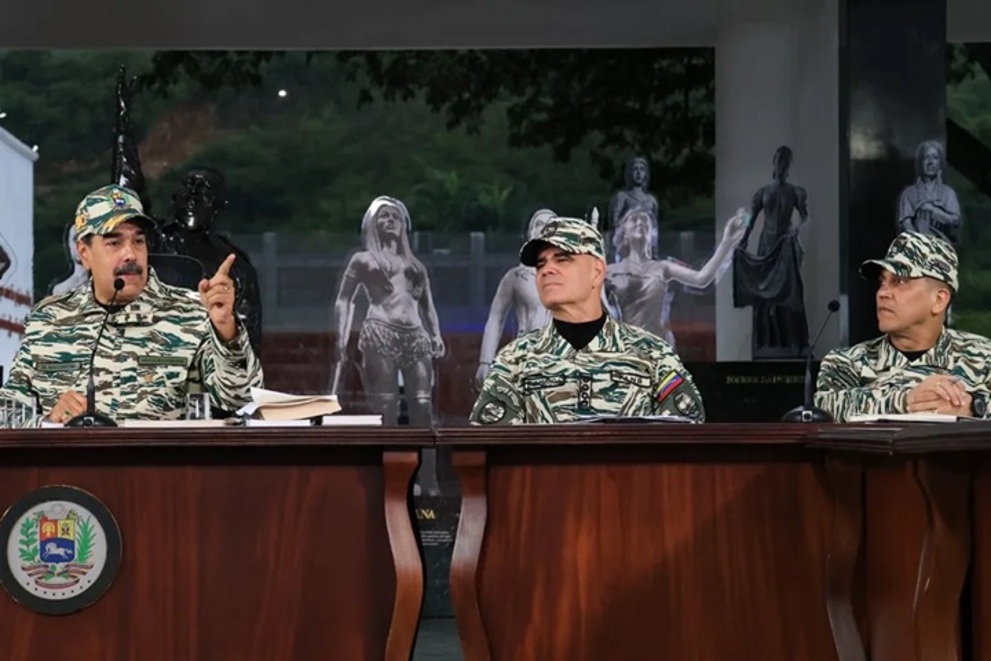
EFE@Palacio de Miraflores
Avoiding the One Mistake That Matters
The Caribbean has endured brinkmanship before, and it has also survived cool-downs. The challenge now is avoiding the mistake that cannot be rehearsed away: a misread that becomes a firefight.
That requires quiet, unglamorous steps—silent channels so commanders verify incidents before press secretaries spin them. Independent mechanisms are in place to review disputed strikes, confirm victims, and establish evidence. More explicit rules of engagement are needed for encounters in crowded sea lanes, where radar blips can become hair-trigger choices. Regional meetings that separate anti-narcotics cooperation from regime politics, so necessary enforcement isn’t mistaken for regime-change maneuvers.
Inside Venezuela, the government must decide if a permanent exercise becomes a permanent state of mobilization. For Washington, the choice is whether the Caribbean is a stage for kinetic messaging or a corridor where every interdiction must withstand legal scrutiny and diplomatic blowback. The disputed strike showed how quickly moral fog rolls in when transparency is absent.
In the short term, expect more militia musters in sun-bleached plazas, more cameras on piers, and more press conferences from both shores. The long term depends on remembering that deterrence works best when it is least theatrical, that vigilance is not escalation, and that the difference between an exercise and an error may be measured in seconds.
Also Read: Unanswered Questions Still Surround U.S. Strike on Venezuelan Vessel
For now, Plan Independencia 200 has made Venezuela’s coastline feel smaller, the sea lanes more crowded, and the air thicker with declarations. The drills will end; the ships will rotate. What remains is the task of ensuring the Caribbean stays contested, busy—and free of the mistake that neither side can afford.


